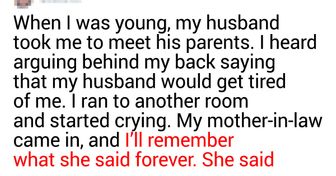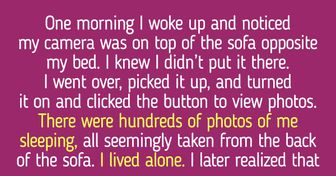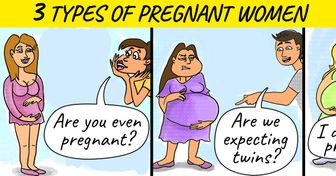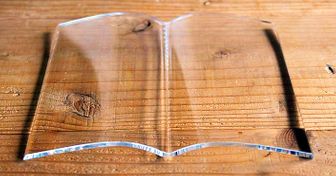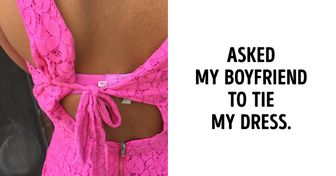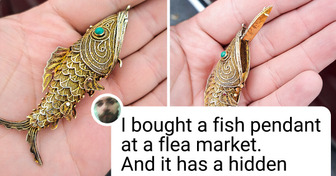15 People Who Made Us Stop and Stare With Their Amazing Transformation

Every woman has 7 pairs of jeans in her wardrobe, on average. Today, this clothing item has become truly universal. If proper pairing is selected, jeans can be worn both to the theater or to a business meeting. However, finding the right model — the one that will hide imperfections and outline the best parts of the body, is a much harder task.
We at Bright Side figured out what to pay attention to in fitting rooms to choose jeans that will last for many years.
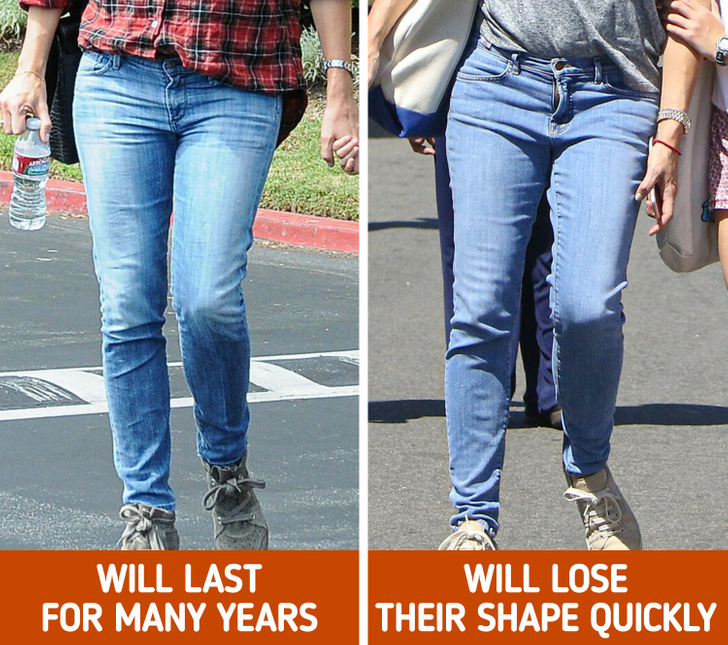
Don’t rush to put jeans that are a bit too tight for you back on the hanger. The thing is, jeans stretch out, and that’s why after a while they will become about a half size bigger. The waistline and the upper bottom part will be the first part that will stretch because they get the most pressure when worn. At the same time, jeans that are a bit too loose in the fitting room will soon become shapeless and will fit you poorly.
How do you distinguish jeans that will fit your body from ones that are too small for you? Sit in a chair in the fitting room — if the jeans you are trying on constrict your waist and make it difficult to move and breathe — they are too small. If they are just a little bit tight — congratulations, you’ve found the perfect model!
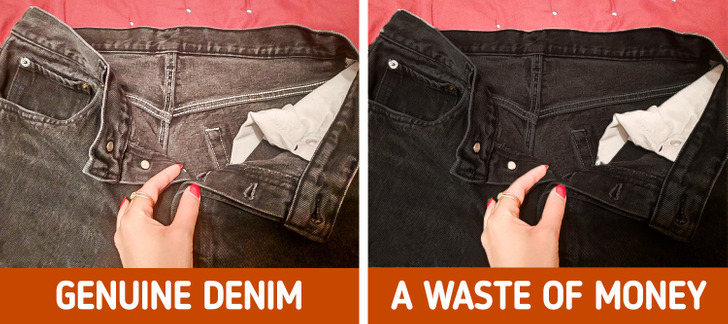
Genuine denim has a characteristic interweaving of threads — those famous diagonal stripes. The outside of the jeans should be darker than the inside. The fact is that in denim, only the warp threads that prevail on the outside are dyed, so the inside of the denim product is lighter.
Zippers, buttons, rivets, and other fittings on jeans should be made of metal (usually brass, copper, aluminum, or nickel). Metal parts are more durable and work better with fairly rough denim.
Check to make sure that they don’t have nicks, chips, or other defects. The zipper should not go down when zipped, otherwise, you might end up in a confusing situation when wearing them.
Belt loops are loops that help hold the belt. As a rule, jeans have 5 belt loops to allow the belt to provide maximum support. Some brands, like Wrangler, add 2 more belt loops to their product.
If there are fewer than 5 belt loops on jeans, it’s better to not buy them because the belt won’t fit well, which will adversely affect the comfort and overall look. Belt loops should be located parallel to each other and sewn in a straight and strong line.
Back pockets should be proportional to the size of the hips, otherwise, they can ruin the look of the body shape. If you have curvy hips, don’t opt for jeans with small pockets — they will emphasize any curvy bulges. Large pockets are not recommended for thin girls as they will visually reduce the volume of the buttocks.
Too much space between the back pockets will visually increase the hips. And vice versa — if it is too small, the hips will appear smaller. This technique can be used for visual correction of the body shape. In other cases, opt for models whose pockets are not too close and not too far apart.
The label can be made from either leather or fabric. Embroidered or embossed inscriptions and symbols are other indicators of good-quality jeans. Pay attention to how well and straight the label is sewn on. If the seam breaks or is not straight, perhaps you’d better look for another option.
High-rise jeans are most often distinguished by a large distance from the bottom seam to the fly. They can visually change the proportions of the body shape and lengthen the lower body. Choose jeans with a short distance between the fly and the bottom seam to avoid an awkward optical illusion.
The label located inside the jeans should be white. If it is red, green, or any other color, it means your new jeans will likely shed the color when washed. In addition, they will quickly fade and change their original shade.
The belt can be curved or straight. A curved belt sits a little higher in the back than in the front. This design will provide a tighter and better fit around the waist — it means that the jeans will look and fit perfectly on the body.
Today, the market offers us denim products in different colors. When entering a store, think about what purposes you need new jeans for. If you are looking for a pair that can be worn both at work and at an official event, go for dark shades.
According to stylists, they always look more elegant and resemble trousers to some extent. If you need jeans for every day, give preference to indigo variations.
Designers decorate some models of jeans with folds or whiskering. They can be seen in the knee and groin area, for example. Be careful — this detail draws attention. If you are not sure that you want to emphasize this or that part of the body, opt for jeans that don’t have folds in this area.
What things do you pay attention to when choosing jeans? Do you know of a lifehack that can help you find the perfect model?

